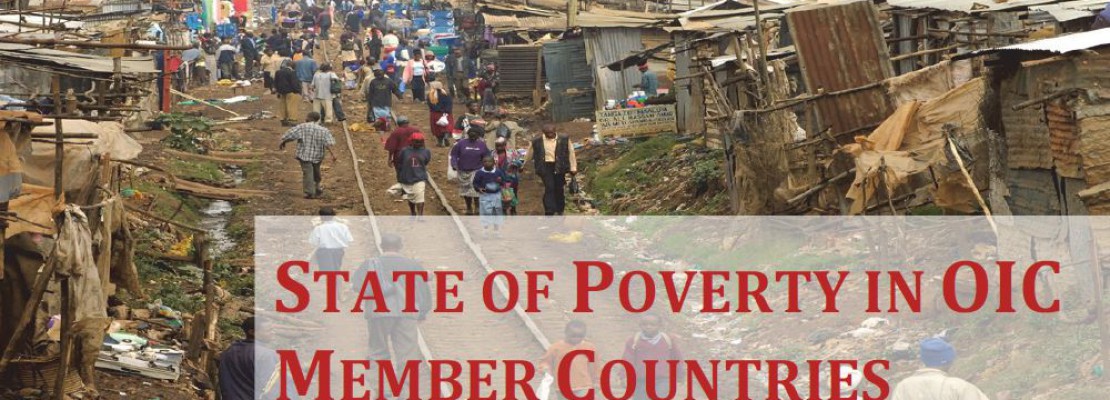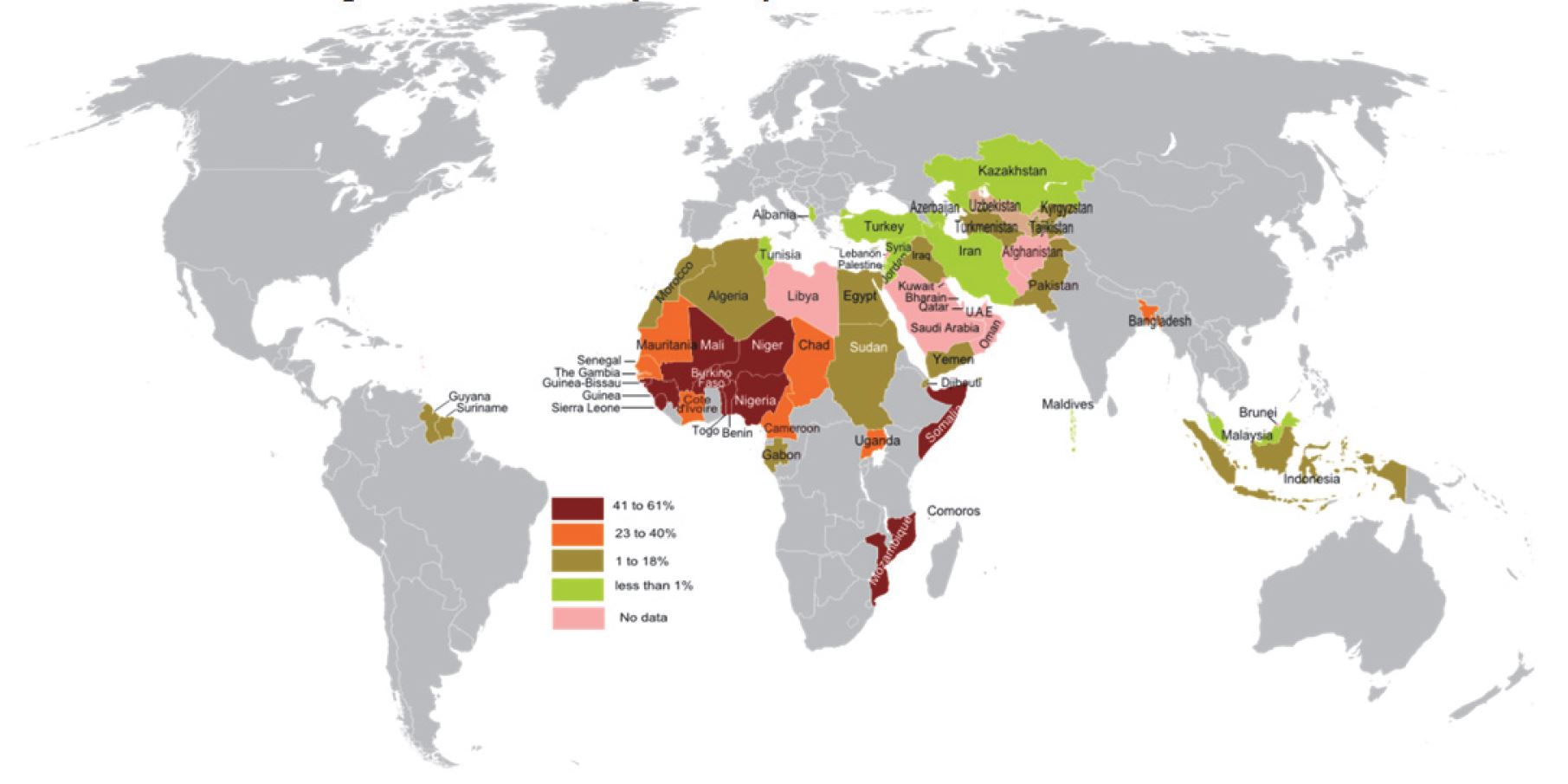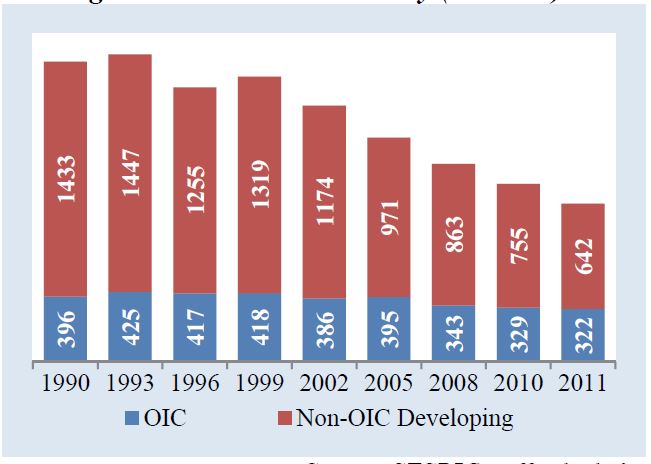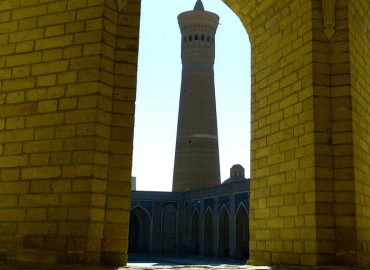
Despite its boom and growth, Islamic finance is failing the poor in Organisation of Islamic Cooperation (OIC) countries.
Article Overview
Whilst Islamic finance continues to display strong growth and nears $2trillion in assets, the Islamic financial market is in part failing to create sufficient economic activity to lift the poor out of poverty. Praiseworthy Sukuk such as Senegal’s issuance are offset by futile financial engineering exercises to create socially useless Sukuk such as the Goldman Sachs issuance which does little to help the 322 million people in OIC countries living on less than $1.24 per day.
OIC – Measurement of Poverty in OIC Countries
In a recent report the OIC measured income poverty in its member countries based on the World Bank threshold of $1.25 income per day. Whilst over the years, substantial progress has been made in reducing extreme poverty worldwide, much still remains to be done.
According to the latest estimates from the World Bank, the number of people living below the international poverty threshold has halved, to around one billion people, or 17.4% of world total population, between 1990 and 2011.
In line with the global trends, OIC member countries also witnessed significant improvement in poverty situation and the total number of poor people declined from 396 million in 1990 to 322 million in 2011, corresponding to a decrease of 18.9%.
In 1990, OIC member countries have a population of 963 million, of which 41.1% were living below poverty line. From 1990 to 2011, the number of people in OIC countries has increased by over 471 million and the number of people living on less than 1.25$ per day fell. As a result, the share of poor in OIC total population was recorded at 22.3% in 2011.
Nevertheless, despite these positive developments, poverty remained comparatively very high in OIC countries and their share in world total poor is also on rise. While 22% of world’s total poor lived in OIC countries in 1990, they were home to over one third (33.1%) of world total poor in 2011.

Incidence of Poverty in OIC Member Countries
Among the OIC regional groups, the distribution of poor has changed significantly during the last two decades. Compared with 1990, the number of poor has declined in all OIC regions except Sub-Saharan Africa. OIC member countries in South Asia have made great strides against poverty where the number of poor has declined from 145 million in 1990 to 83 million in 2011 and poverty rate diminished by 41 percentage points. While poverty was most prevalent in South Asia with a share of 37% of OIC total poor in 1990, it was home to only 26% of OIC total poor in 2011.

Trends in Poverty (millions)
On the opposite side of spectrum, Sub-Saharan Africa recorded the least progress against poverty where total number of people living below poverty line went up from 137 million in 1990 to 192 million in 2011, with 46% of total population in this region living below poverty line. Meanwhile, the relative share of this region in OIC total poor has also jumped from 35% in 1990 to 60% in 2011.







